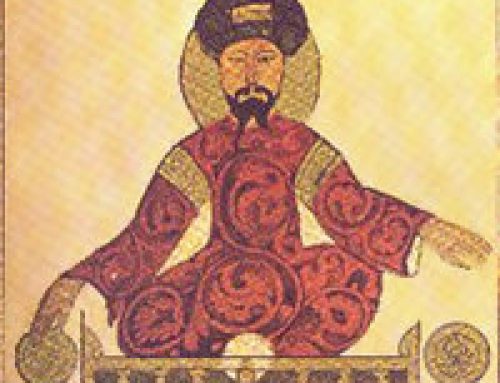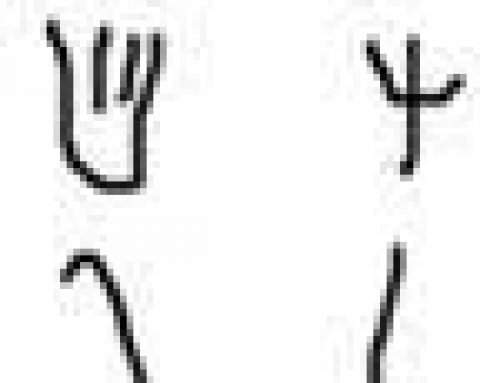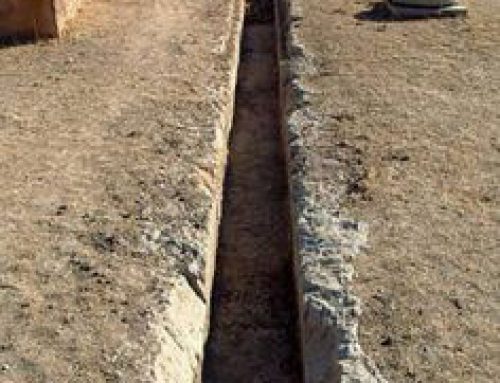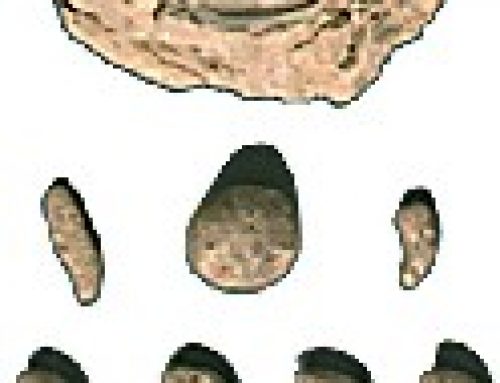
Wheat and barley on the Warka Vase (Sumeria, ca. 3200-3000 BC)
Why celebrate spring?
When people moved out of Africa further north to West Asia and then to Europe, about 60,000 BC, they began to live in a world with changing seasons, where it was hard to find fresh food in the wintertime.
Why do seasons change?
West Asian religion
All our West Asia pages
People would get pretty hungry in the last part of the winter. They were always happy in the spring when the first green plants started to grow again, and the birds began to lay eggs.
History of Easter eggs
Spring festivals and farming
When people in West Asia began to live mainly on food they had farmed, around 9000 BC, they were even more dependent on spring coming for their food. Because they were so happy, they would have a party. And, to keep their gods happy too, they would sacrifice some of the first new food – barley – to their gods.
What is barley?
Older versions of Easter
This was the origin of the old Babylonian New Year holiday, and of the Jewish festival of Passover. Zoroastrians celebrated in Iran with the spring festival of Nowruz, and in China they had the Qingming Jie festival.
Babylonian New Year
Passover
Nowruz
Qingming Jie
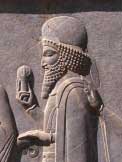
Man carrying an egg (Persepolis, 500s BC)
Cities and spring festivals
By about 500 BC, though, more and more people lived in cities, and were not farmers. Rich people, especially, were not farmers anymore. And rich people decided what to celebrate.
Rich people wanted different reasons for their parties, reasons that would be more relevant to their own lives. Priests like Ezra and Nehemiah made Passover into a festival of freedom, about the Jews escaping from slavery in Egypt.
Who were Ezra and Nehemiah?
History of sheep
But people still ate the new barley, and eggs, and lamb. And they still sacrificed some of this new food to their God.
Christianity and Easter
By the time of Jesus, though, sacrifice itself was beginning to seem old-fashioned. People were killing animals for God less and less often. Christianity gave them a good excuse to stop entirely, with the explanation that Jesus had sacrificed himself as an end to all other sacrifices. By the 300s AD, as more and more people became Christians, the point of Easter became to celebrate that one specific sacrifice – Jesus’ crucifixion.
Who was Jesus?
More about Christianity
They’re singing “Kyrie Eleison”, which is Greek for “The Lord is Risen”
The scheduling of Easter
People in western Europe began to celebrate Easter every year on the first weekend after the first full moon after the first day of spring. In Eastern Europe, they added that Easter had to be after Passover as well, so Easter often came later there. People called that Friday “Good Friday“, the anniversary of the Crucifixion, and then on that Sunday, Easter Sunday, they celebrated Jesus rising again from being dead and bringing with him help for everyone who believed in him.
More about the moon
(This is what people mean when they say Easter is a moveable feast – it’s not always on the same day of the calendar)
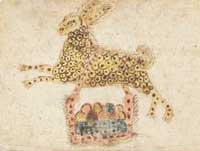
Drawing of Easter Bunny (Pennsylvania, ca. 1800 AD)
But even so, Easter continued to come in the spring, and people still celebrated it with lamb and with eggs. The English word “Easter” comes from a Germanic word related to “East”. It’s probably the German name of an early spring month, when the sun rises earlier in the east. People still knew that the time right before Easter was a time of hunger – today we call it Lent.
What is Lent?
More about Mardi Gras
Learn by doing: dye some Easter Eggs
More about Easter Eggs
Bibliography and further reading about Easter:
